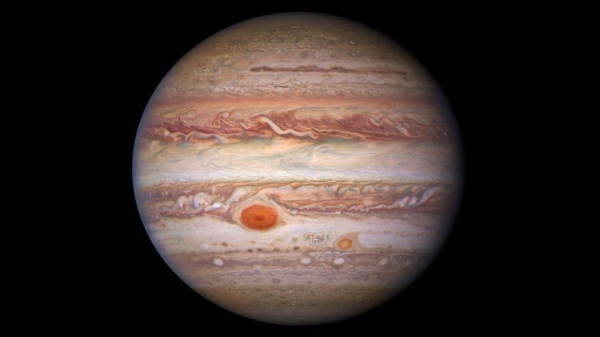
The last known male giant Swinhoe’s softshell turtle is no longer alone on the planet after the discovery of a female of his species in Vietnam.
The female 86kg (13 stone) turtle was found in Dong Mo lake, in Hanoi’s Son Tay district, and captured for genetic testing in October.
DNA tests have now confirmed the animal is a Swinhoe’s softshell turtle, (Rafetus swinhoei), the most endangered turtle in the world.
Another turtle estimated to weigh 130kg was sighted in the lake, and conservationists hope that this could be another male.
The only known male Swinhoe’s softshell turtle is at Suzhou zoo in China. Scientists aim to ensure that the turtles are given the chance to breed and save the species from the brink of extinction.
The animal, known also as the Hoan Kiem turtle or Yangtze giant softshell turtle, has been driven to the brink by hunting for its meat and eggs, as well as by destruction of its habitat.
“This is the best news of the year, and quite possibly the last decade, for global turtle conservation,” said Andrew Walde, at the Turtle Survival Alliance, which advised the Vietnamese government on the conservation project.
Hoang Bich Thuy, country director for the Wildlife Conservation Society, said: “In a year full of bad news and sadness across the globe, the discovery of this female can offer all some hope that this species will be given another chance to survive.”
Swinhoe’s softshell turtle was given legal protection in Vietnam in 2013. “[Before] that time, if one was caught, its meat was shared with the whole family, relatives and the neighbourhood,” said Hoang, who added that many of the turtles were also hunted to sell to China. “Its eggs were also collected and soaked in salt, as local people believed turtle salted egg helped cure diarrhoea.”
The conservationists spent weeks looking for the female turtle in the 1,400-hectare Dong Mo lake. She is one metre long and was captured for a day to allow examination and blood samples to be taken. The team said she was healthy, strong – and upon release keen to be in the lake again.
In spring 2021 the team hopes to capture the second, larger, turtle seen in the same lake, as this is when the water level is lowest. There may also be a turtle in nearby Xuan Khanh lake, as scientists have detected DNA in water samples.
The last known female before the Vietnam discovery died in April 2019. She had been paired with the male in Suzhou in 2008 but had not produced offspring naturally. Artificial insemination was attempted but the female did not recover from an anaesthetic, despite similar anaesthesia procedures previously having been performed safely.
Timothy McCormack, director of the Asian Turtle Program for Indo-Myanmar Conservation, said: “Once we know the sex of the animals in Vietnam, we can make a clear plan on the next steps.”
A report in 2018 concluded that turtles were among the most threatened of all the major vertebrate groups, with more than 50% of the 356 species threatened or already extinct. The causes are destruction of habitat, hunting for food and traditional medicine, the illegal pet trade and pollution.
The report’s first page quotes the late WCS herpetologist John Behler: “Turtles saw the great dinosaurs come and go and are now facing their own extinction crisis.”
Freshwater species have been hit hardest by human action, with average population sizes down by 84% since 1970, due in part to the enormous thirst of agriculture and the large number of dams.











